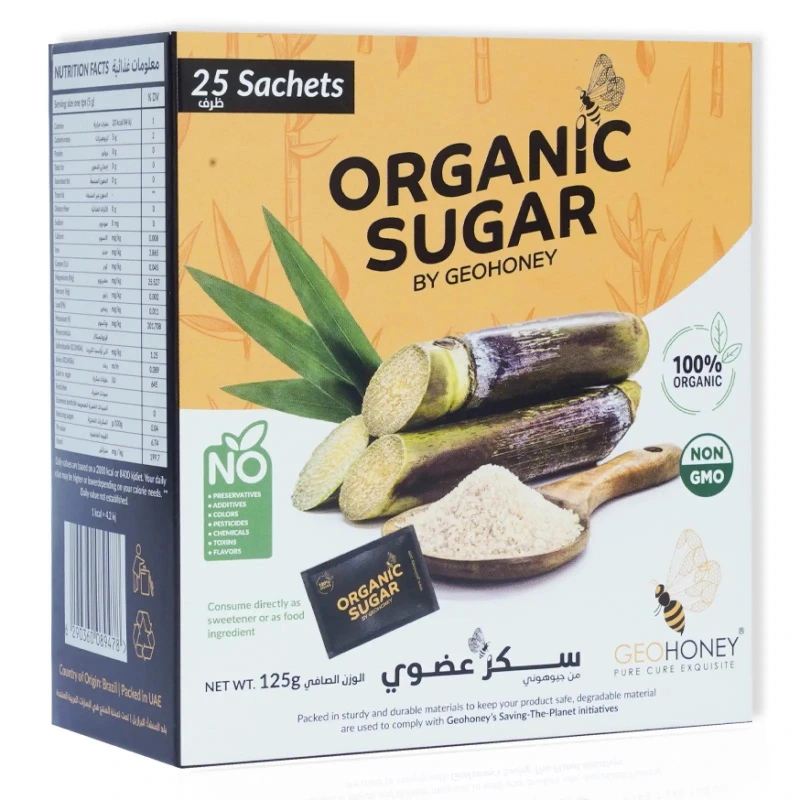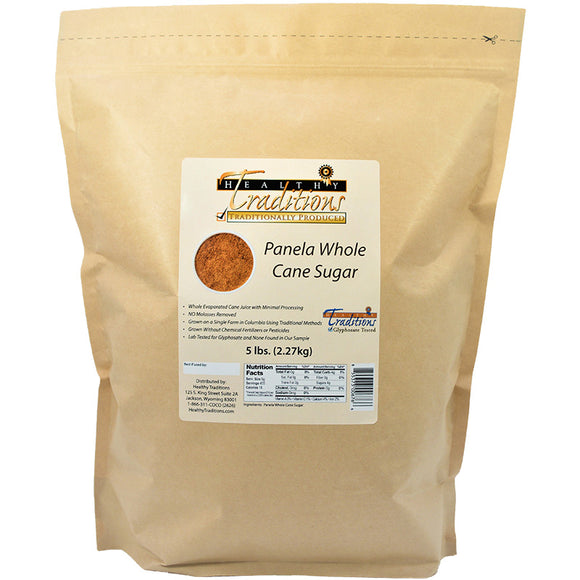How to Make the Most of What Is Sugar Cane Used For in Chef Innovations
The Complex Uses Sugar Walking Cane: From Food Products to Biofuels
Sugar Cane is a crop with varied applications that expand far beyond simple sweeteners. Its products range from granulated sugar and molasses to fermented liquors and lasting packaging materials. In addition, it plays a duty in the manufacturing of renewable biofuels. Understanding these multifaceted usages discloses the economic and ecological significance of sugar Cane growing. Yet, the effects of its farming practices increase inquiries worth exploring additionally.
The Duty of Sugar Cane in Sugar Production
Although sugar Cane is often connected largely with its wonderful taste, it plays a vital duty in the production of different sugar worldwide. The process starts with drawing out juice from sugar walking cane, which is then made clear and vaporized to produce raw sugar. This raw sugar undergoes additional improvement to develop granulated sugar, extensively used in homes and markets. Along with traditional granulated sugar, sugar Cane is also the resource of molasses, a thick syrup that is and keeps numerous nutrients utilized in baking and food preparation.
Sugar Cane offers as the structure for creating different sweeteners like high-fructose corn syrup and certain artificial sugar, which are progressively popular in food and drink manufacturing. The adaptability of sugar Cane in sweetener production not only pleases consumer demand for sweet taste but likewise sustains numerous food markets, highlighting its relevance beyond mere taste.
Sugar Cane in Food Products Beyond Sweeteners
Sugar Cane supplies various nutritional advantages that prolong beyond its duty as a sugar. Its flexibility in culinary applications has actually resulted in innovative uses in an array of foodstuff, enhancing appearances and tastes. This exploration highlights the more comprehensive contributions of sugar Cane to the food industry.
Nutritional Perks of Sugar Cane
The dietary advantages of sugar Cane expand far past its widely known duty as a sugar. This functional plant is rich in vital minerals and vitamins, including calcium, potassium, magnesium, and iron. Additionally, sugar Cane has anti-oxidants that aid combat oxidative anxiety in the body. Its high fiber content aids in food digestion and advertises intestine wellness, making it an important enhancement to the diet. Sugar Cane juice is commonly consumed for its hydrating residential properties and natural energy increase, giving a source of quick carbs. The visibility of phytonutrients contributes to its wellness advantages, potentially supporting immune function. In general, sugar Cane uses a series of nutritional advantages, contributing to a balanced and health-conscious way of living.
Culinary Applications and Developments
While usually recognized primarily for its sweetness, sugar Cane has emerged as an ingenious component in different culinary applications beyond traditional sugar. Cooks and food makers are progressively using sugar Cane juice and syrup to enhance taste accounts in full-flavored meals, sauces, and sauces. Its all-natural sweetness balances seasonings and level of acidity, making it a functional element in global foods. Additionally, sugar Cane fibers are finding their method right into gluten-free flours, providing appearance and nutritional advantages. Ingenious treats, such as sugar Cane sorbets and sweets, display its distinct flavor, while drinks like sugar Cane mixed drinks and teas highlight its invigorating top qualities. These culinary improvements show sugar walking stick's capacity to transform modern-day gastronomy.
The Manufacturing of Alcohols From Sugar Walking Stick
Transforming sugar Cane into alcoholic drinks showcases the convenience of this tropical plant. The fermentation of sugar Cane juice or molasses leads to a variety of popular beverages, consisting of rum, aguardiente, and cachaç. These beverages are deeply rooted in the cultures of sugar-producing areas, especially in the Caribbean and South America.
The production procedure begins with the removal of juice from freshly collected sugar walking stick, which is after that fermented using yeast. This fermentation transforms the sugars into alcohol, generating a base that can be distilled for higher alcohol material. Distillation methods vary, influencing the taste profiles and qualities of the last product.
In addition, aging in barrels can improve the complexity and deepness of flavors in spirits like rum. Overall, the improvement of sugar Cane into liquors not just highlights its agricultural relevance however also contributes greatly to the worldwide drink industry, providing rich and varied experiences for customers.
Sugar Cane and Its Usage in Biodegradable Product Packaging
Sugar cane's flexibility prolongs past drink production to ingenious applications in naturally degradable product packaging. This renewable energy is significantly being made use of to create environmentally friendly product packaging services that lower dependence on petroleum-based plastics. Obtained from the coarse residue of sugar walking cane, referred to as bagasse, makers can create biodegradable materials that decay a lot more promptly than conventional plastics.
These sugar cane-based packaging products provide a lasting choice for numerous markets, including food and durable goods. They not only minimize environmental impact but additionally straighten with the growing customer need for lasting techniques. Additionally, sugar Cane product packaging can be crafted to keep longevity while being light-weight, guaranteeing that it meets the useful needs of companies.
As environmental problems intensify, the shift in the direction of biodegradable materials, such as those stemmed from sugar walking stick, provides a promising course towards sustainable product packaging options that contribute to a round economic situation.
Discovering Sugar Cane as a Sustainable Biofuel
As the globe looks for renewable power sources, sugar Cane arises as an encouraging candidate for lasting biofuel manufacturing. This flexible crop can be converted into ethanol, a cleaner-burning choice to fossil fuels - What Is Sugar Cane Used For. The fermentation procedure uses the sugars extracted from the walking cane, resulting in an eco-friendly energy resource that substantially minimizes greenhouse gas emissions navigate to these guys contrasted to traditional gas
Sugar cane's high energy return per hectare further boosts its practicality as a biofuel. It can be grown in various environments, making it accessible for many regions, specifically in subtropical and exotic locations. Additionally, the results of sugar Cane processing can be used in generating electricity, adding one more layer of sustainability to its use. The fostering of sugar cane-based biofuels not only advertises energy independence yet likewise sustains agricultural economic situations. Sugar Cane stands out as a lasting service in the worldwide change in the direction of eco-friendly power.
Nutritional Advantages of Sugar Cane and Its By-products
The possibility of sugar Cane extends beyond its function in lasting biofuel production; it also uses considerable nutritional click to find out more benefits. Rich in necessary nutrients, sugar Cane supplies vital minerals such as magnesium, potassium, and calcium, which add to general wellness. Furthermore, its juice is a natural source of anti-oxidants, assisting to fight oxidative stress and anxiety in the body.
Sugar Cane byproducts, such as molasses, even more boost its dietary account. Molasses is high in iron, making it a beneficial enhancement for those looking for to boost their iron consumption. Both sugar Cane and its by-products consist of dietary fiber, which assists food digestion and advertises a healthy digestive tract.

The Environmental Impact of Sugar Cane Farming

Conversely, the cultivation process can lead to different ecological obstacles. Logging often occurs to give way for sugar Cane areas, which interrupts environments and biodiversity. Furthermore, the hefty use fertilizers and pesticides can cause dirt destruction and water contamination, influencing neighborhood wild animals and neighborhoods. The extensive watering needed in some regions can deplete water resources, leading to scarcity.

Frequently Asked Inquiries
How Does Sugar Cane Affect Dirt Health During Growing?
The cultivation of sugar Cane greatly impacts soil health. It can enhance soil structure and fertility via organic issue addition, yet too much usage of fertilizers might lead to nutrition deficiency and soil degradation over time.
What Are the Economic Perks of Sugar Cane Farming?
The economic advantages of sugar Cane farming include task production, raised local earnings, and payments to national GDP. this hyperlink In addition, sugar cane's convenience enables for varied market opportunities, improving farmers' financial security and promoting agricultural development.
Can Sugar Cane Be Expanded in Non-Tropical Regions?
Sugar Cane can be grown in non-tropical regions, supplied the climate is appropriately cozy and frost-free. What Is Sugar Cane Used For. Adaptation strategies, such as selecting ideal selections and employing watering, can enhance its growth capacity in these locations
What Diseases and insects Impact Sugar Cane Crops?
Bugs such as sugarcane borers and aphids, in addition to conditions like red rot and corrosion, greatly impact sugar Cane plants. These hazards can reduce yield and quality, necessitating effective management strategies for farmers.
Exactly How Is Sugar Cane Harvested and Processed?
Sugar Cane is commonly harvested by cutting the stalks close to the ground. After harvesting, the Cane is carried to processing facilities where it is crushed to draw out juice, which is then fine-tuned into different products.
Sugar Cane is a crop with varied applications that expand much past easy sugar. The procedure begins with extracting juice from sugar cane, which is after that cleared up and evaporated to produce raw sugar. Cutting-edge desserts, such as sugar Cane sorbets and candies, display its one-of-a-kind taste, while drinks like sugar Cane mixed drinks and teas highlight its invigorating qualities. The presence of vitamins, specifically B vitamins, in sugar Cane sustains power metabolic process and total health (What Is Sugar Cane Used For). On one hand, sugar Cane is an eco-friendly resource that can contribute to lasting farming and supply biofuels, decreasing reliance on fossil gas